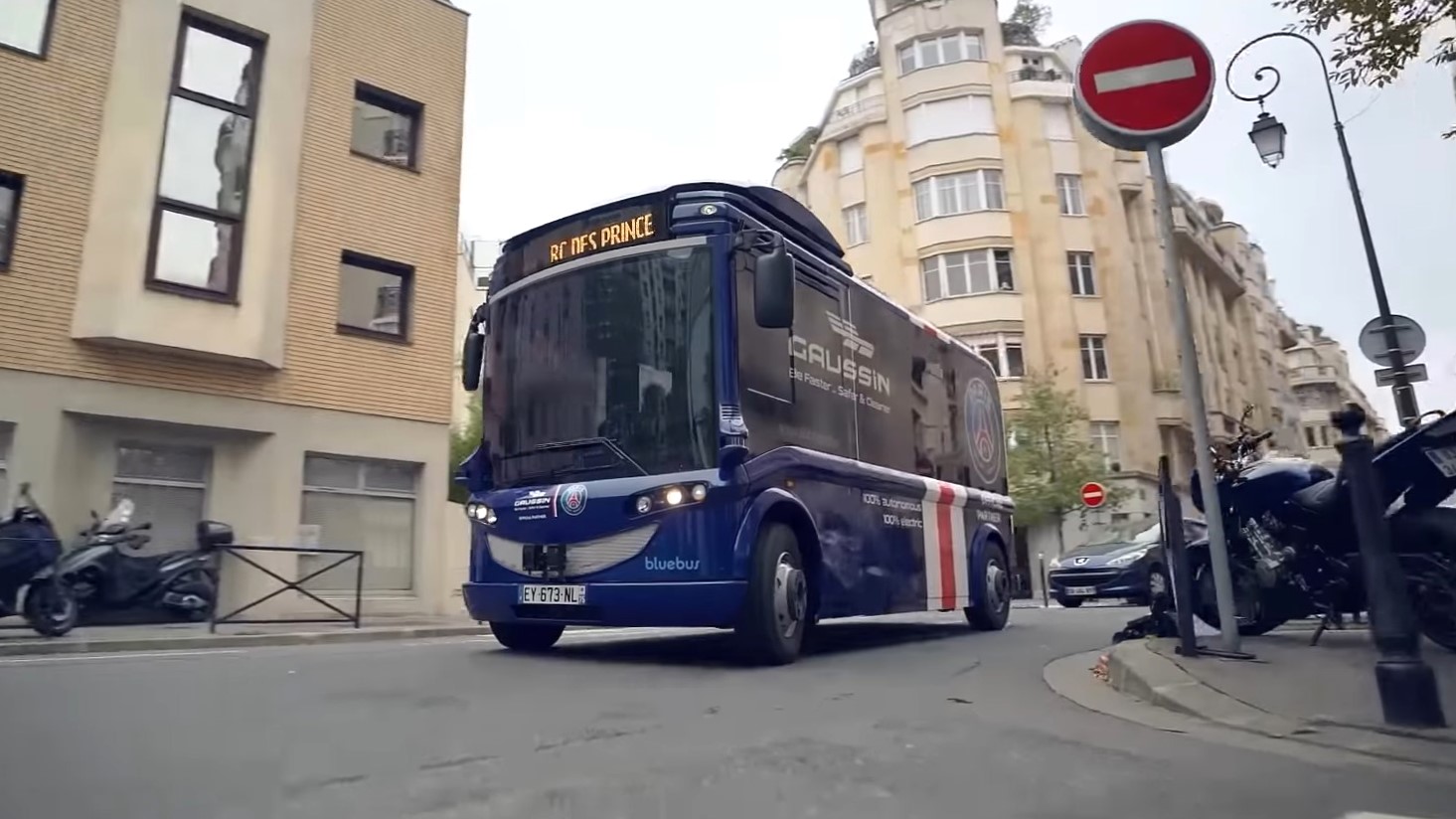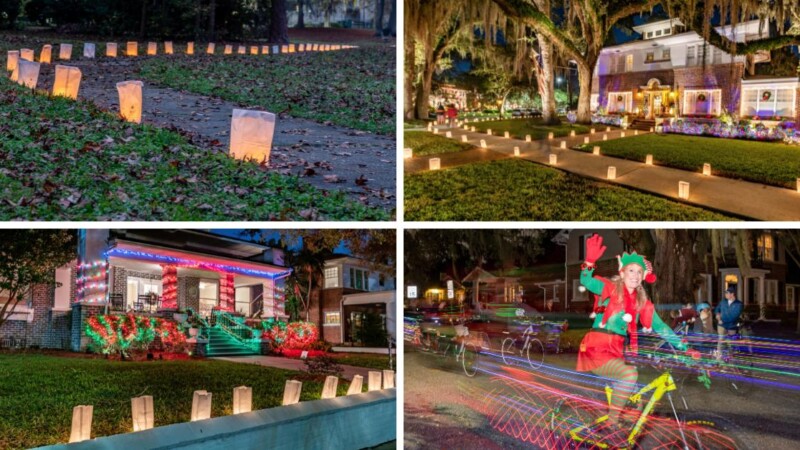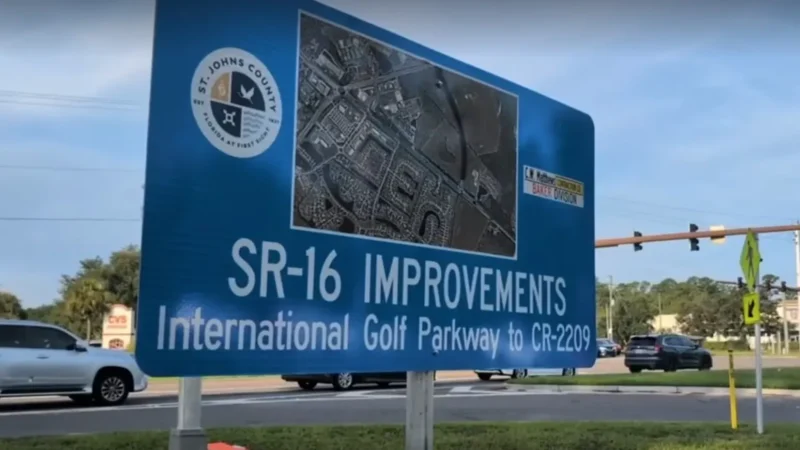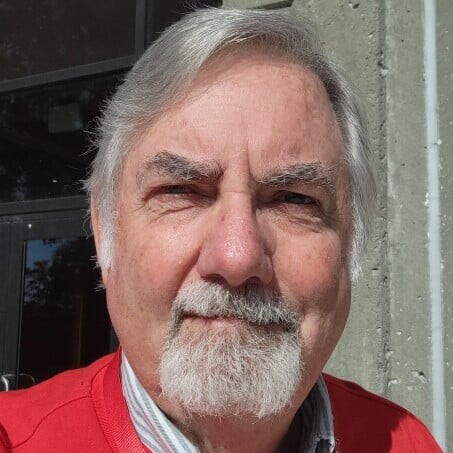Students and staff will soon have a new way to get around the Downtown campus of the Florida State College at Jacksonville — and they will not have to drive.
In fact, no one will.
The college and JTA just announced a program that will use autonomous vehicles to move staff and students around FSCJ as a preview of the authority’s ultimate plan to replace the Skyway monorail. JTA plans a rollout in 2025 of its full U2C — or Ultimate Urban Circulator — driverless electric people movers on Bay Street and beyond.
This is the first real-world test of an autonomous vehicle in the city, and its use at the West State Street campus builds upon a partnership established in 2020 between the school and JTA to begin using them.
A 10-passenger Gaussin Macnica autonomous EV will navigate a 1-mile route between the college’s Advanced Technology Center, the president’s office and the Culinary Arts program restaurant.
A JTA attendant will ride the vehicle in case intervention is needed as it drives itself on campus by the end of October, said Doug Brauer, dean of the college’s Engineering Technology and Industry program.
“We are the only school, certainly two-year school, that would have this technology running on campus,” Brauer said. “Now we are going to have two that really have all of the design improvements to make them implementable on highways to ultimately run by themselves.
The program also will be aligned with a National Science Foundation grant to implement curriculum that prepares students to work in autonomous technology and electric vehicle platforms.
Feedback from the program will be used to fine-tune the final U2C program as well as help develop the FSCJ curriculum and workforce to support it, FSCJ President John Avendano said.
“FSCJ is excited to build upon our strong relationship with JTA as we ready for a future where innovation knows no bounds,” Avendano said in a news release. “This partnership enables our automotive technology students to be at the forefront of the rapidly evolving industries of autonomous vehicles, electric vehicles and artificial intelligence by integrating these technologies into our academic programming.”
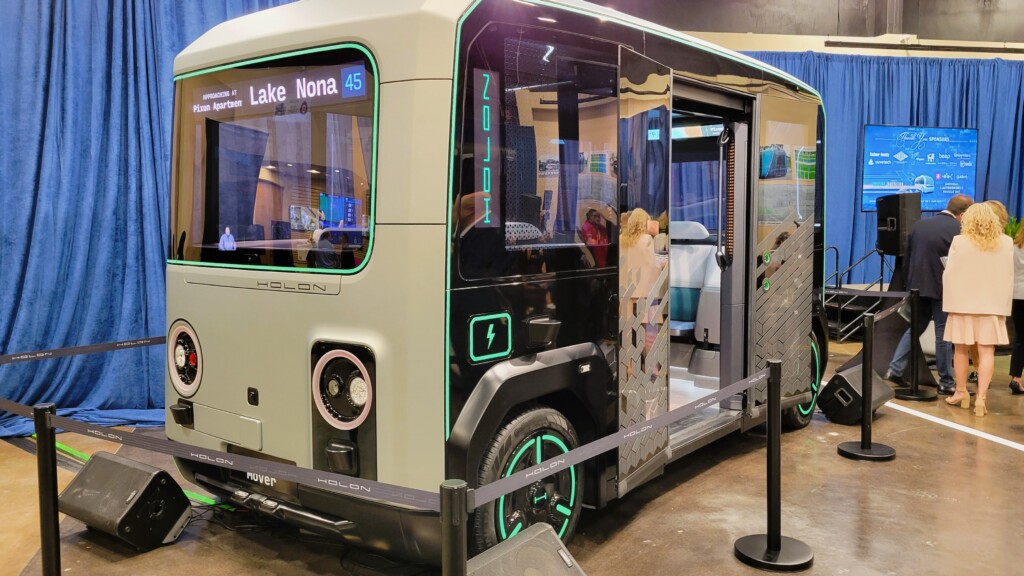
The H2C plan
Despite skepticism in some parts of the community, the $49 million U2C project got the green light from JTA about three years ago. The plan is to initially dispatch 12 to 15 driverless electric people movers down what is called the Bay Street Innovation Corridor.
The first phase would start at North Pearl Street, then extend to the sports and entertainment district around TIAA Bank Field, 21 Financial Field and the VyStar Veterans Memorial Area. The route would include the planned Museum of Science & History and Four Seasons hotel and city marina behind it along East Bay Street and Gator Bowl Boulevard.
The next phase of the U2C would convert the existing 2.5-mile Skyway system in parts of Downtown and San Marco into an elevated roadway for the autonomous vehicles, so they could travel from the Bay Street corridor to the overhead roadways. That phase would include a hub at the Jacksonville Regional Transportation Center at LaVilla, then stretch from the Northbank and across the Acosta Bridge to the Southbank and become a 10-mile system.
A third phase, still in design, would connect to the city’s Brooklyn and Riverside area with its new condominiums, offices and established homes, shops and restaurants.
Critics’ concerns
Opponents have many reservations about the plans. They say the technology behind the U2C system is far from ready, that the vehicles are too small and slow for mass transit, and that the proposed route ignores the Urban Core neighborhoods most likely to use public transit. Some have said the autonomous vehicles are more suited to limited shuttle uses, such as the plan at FSCJ.
JTA is adamant that the system will put Jacksonville at the forefront of a transit revolution.
JTA has been testing a number of small and large autonomous people movers since it first proposed the U2C program in 2017, even using one in 2020 at the Mayo Clinic to transport COVID-19 samples around its Southside campus. That included tests of the Olli 2.0 self-driving vehicle made by Local Motors, a NAVYA Autonom Shuttles and the HOLON mover, which is larger than those.
The college got involved in the JTA program about the same time, when both agreed to expand the JTA’s autonomous vehicle testing program on FSCJ’s Cecil Center Campus. The expansion included using FSCJ’s test track for commercial driver’s licenses as well as development of an educational curriculum for autonomous vehicles and related technologies.
JTA has hired Beep, an Orlando-based autonomous shuttle planning, deployment and management company, to set up a command center at FSCJ Downtown to monitor the autonomous vehicle so if there is an emergency situation, they can shut it down too,” Brauer said.


